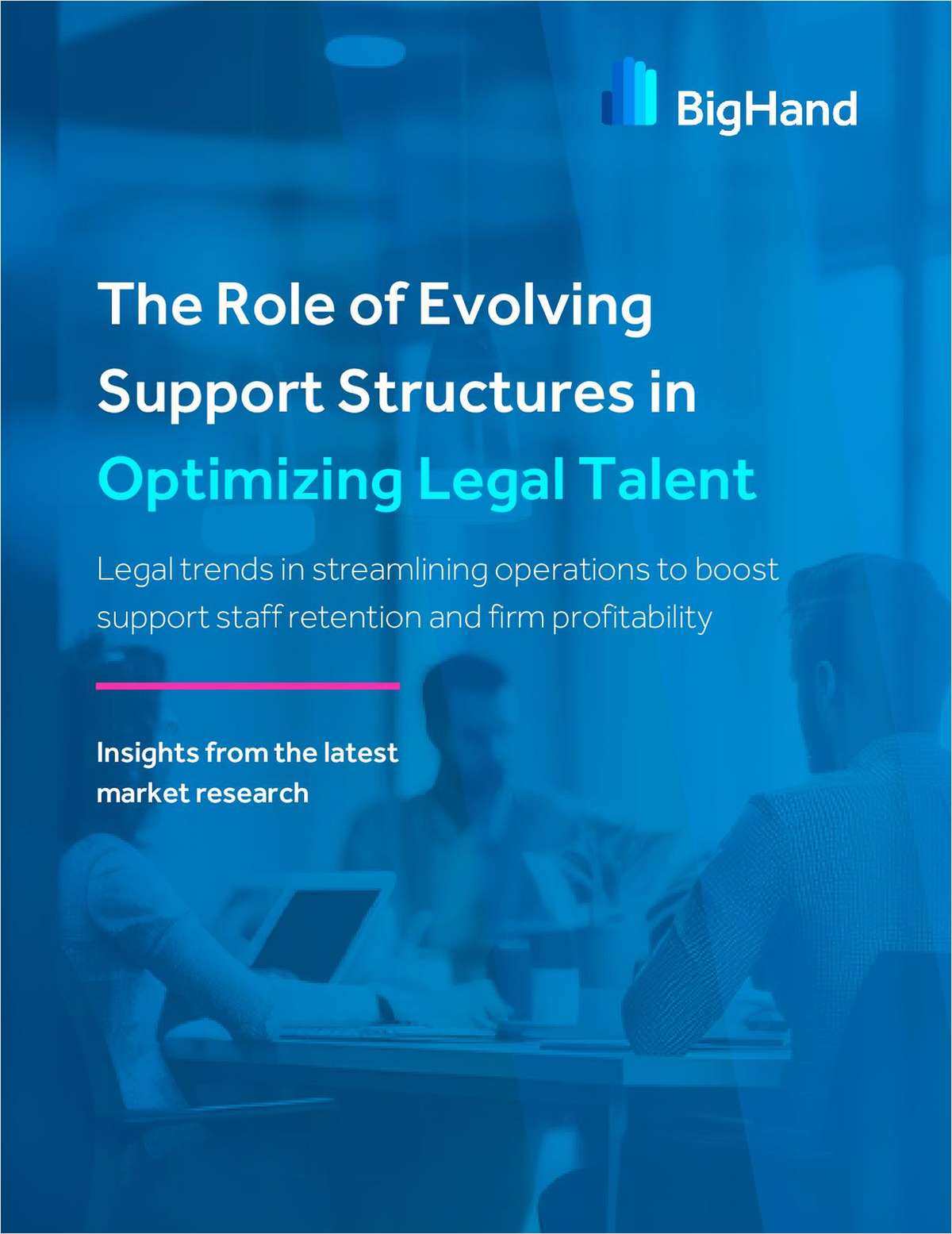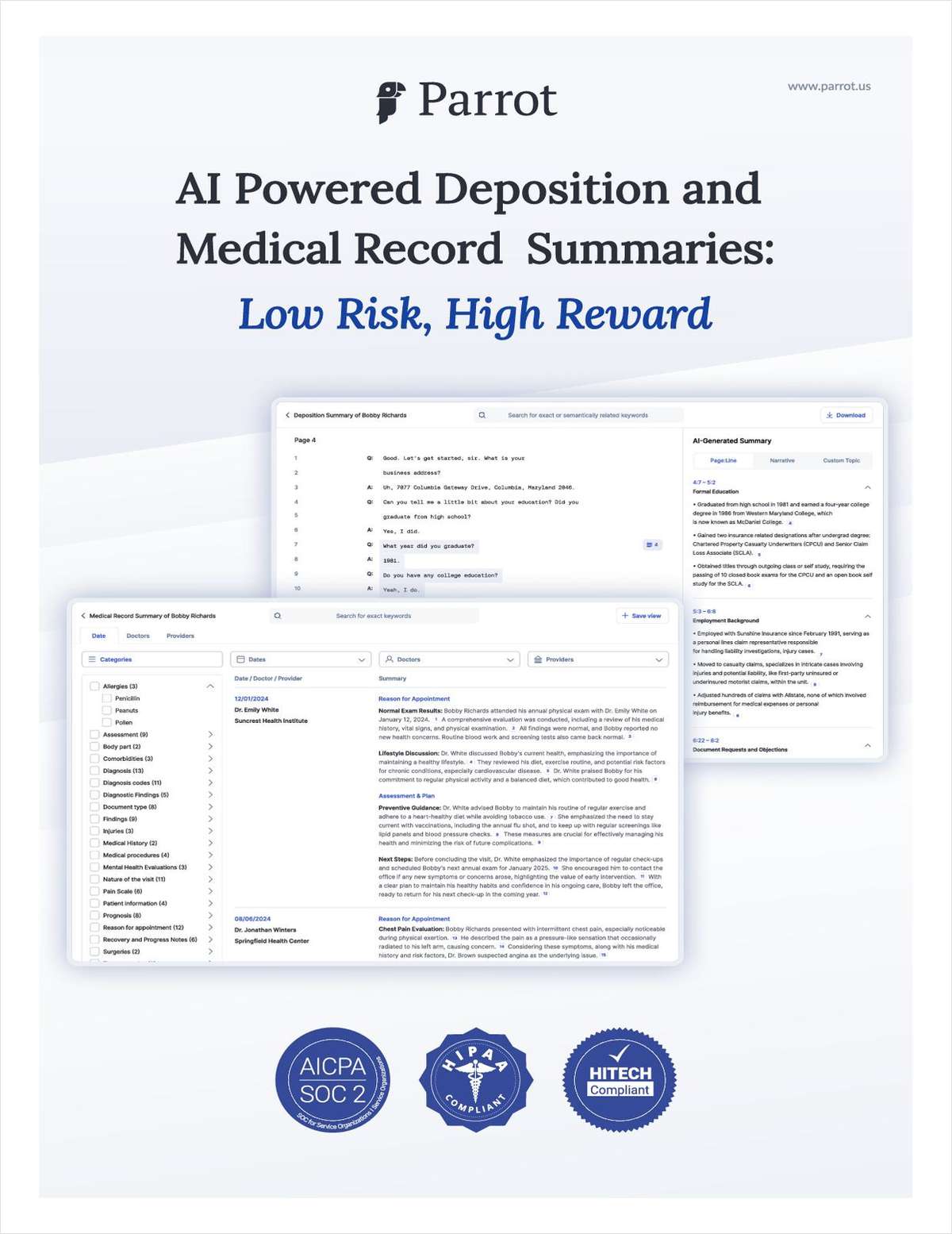Ahead of the Curve: 'Adversity' In Law School Admissions?
This week's Ahead of the Curve looks at whether law schools should create an adversity score for applicants to help gauge the obstacles they have overcome, and law schools just can't stop naming birds after a popular Supreme Court justice.
June 04, 2019 at 11:56 AM
7 minute read
Welcome back to Ahead of the Curve. I'm Karen Sloan, legal education editor at Law.com, and I'll be your host for this weekly look at innovation and notable developments in legal education.
This week, I'm chatting with AccessLex's Aaron Taylor about whether law schools should introduce an “adversity score” for applicants, along the lines of what the College Board plans to do with the SAT. I'm also checking in on a mini-trend of law schools naming avian visitors for a certain, hugely popular SCOTUS justice. Can you guess which one?
Please share your thoughts and feedback with me at [email protected] or on Twitter:@KarenSloanNLJ
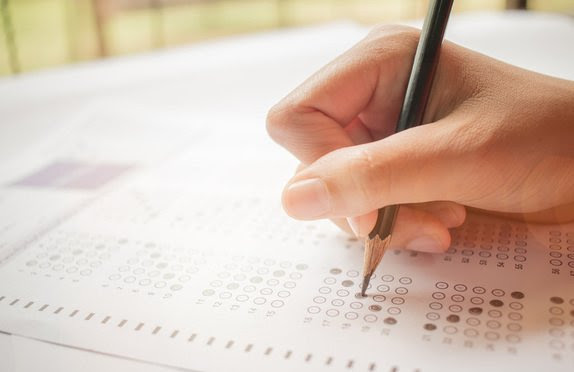
An “Adversity Score” for Law School Applicants?
The College Board made headlines last month when it unveiled plans for a new “adversity score” it would calculate for each SAT taker—a metric intended to help colleges gauge the challenges their applicants have encountered in their lives.Officials haven't unveiled exactly how the score will be calculated, but it will take into account factors such as the percentage of students in the applicant's high school who qualify for free and reduced lunch, and the average income in the test taker's zip code. (It won't factor in race). The adversity scores will be reported separately from SAT scores, and college and university admissions offices will be free to use or not use them in their decision making.
The announcement caused a stir and touched off quite a bit of criticism. This got me wondering whether a similar score could be created for the LSAT, as law schools have long struggled to improve the racial and socio-economic diversity of their student bodies. So I called up Aaron Taylor, the executive director of AccessLex Center for Legal Education Access. Taylor has spent years researching issues of diversity and access within legal education, so I was particularly interested in his thoughts on whether an “adversity score” could work in the law school context.
But first I wanted to know what he thought of the College Board's attempts. Here's what he told me:
“I'm not a huge fan in the manner in which the College Board has proposed to quantify it, because I think it relies too heavily on these broad-scale proxies as opposed to a more nuanced assessment of the actual test taker's background. But I'm a fan of the overlying premise that true merit isn't simply where you end up. It's where you end up relative to where you started. I like the idea behind it, but I'd do it much differently.”
Taylor said he thinks it's entirely possible for law schools to use an adversity score in their admissions decisions. In fact, he wrote a law journal article based on that premise five years ago. But he doesn't want that score issued by the Law School Admission Council in conjunction with the LSAT. Rather, he would like to see individual law schools create their own questionnaires to help them determine how much adversity each applicant has encountered. That would offer a more accurate picture than what the College Board plans to do with its adversity score, he said.
What, exactly, would that look like? Taylor envisions schools developing questionnaires with 10-15 yes or no questions, including:
➤➤Are you the first in your family to graduate from college? (Studies shows that first-generation college students tend to be very resilient.)
➤➤Did you receive need-based Pell grants as an undergraduate?
➤➤Was English the first language spoken in your household?
➤➤Did you grow up in a single-parent home?
➤➤Were you raised by someone other than a birth parent?
➤➤Were either of you parents incarcerated during your childhood?
These types of questions are useful in gauging what applicants have overcome in their lives, AccessLex research has shown, and they are not based on race. Taylor and others suspect that the College Board's adversity score was partly prompted by concerns that legal challenges will render race-conscious admissions practices illegal in the not-too-distant future. Law schools would be wise to begin preparing for that reality now by developing race-neutral ways to ensure diverse classes, Taylor told me.
I wanted to know why Taylor felt so strongly that schools themselves should determine their own adversity scores, rather than the LSAC. He said it had to do with buy-in. If schools come up with their own questionnaires that emphasize what's important to them, they're more likely to take the metric into account when it comes down to selecting applicants. A one-size-fits all metric delivered by the LSAC would be easier to ignore, he said. Legal education would likely settle on some broad best practices for developing these adversity questionnaires, but the questionnaires themselves would be campus specific.
My thoughts: It's hard to argue against any viable avenue to improve the diversity of law schools and, as a result, the legal profession. We all know how slowly the needle has been moving. And an adversity score for law school applicants doesn't strike me as all that far-fetched. Some schools already ask applicants whether they are first-generation college students, Taylor told me, so expanding that into a larger questionnaire seems possible. Answering some yes/no questions seems like a pretty light lift for applicants as well.
The rub, as I see it, is how much weight admissions offices would assign to these hypothetical adversity scores in a landscape over which the U.S. News & World Report ranking looms large. Would admissions offices be willing to take on more students with lower LSAT scores and undergraduate GPAs—risking a drop in the rankings—if their backgrounds indicate that they have overcome plenty of obstacles to graduate from college? Would they take more chances on groups of students who traditionally have demonstrated grit and determination? That is the million-dollar question…

The Notorious RBG Is For the Birds
I'm going to be honest here, I don't particularly care for birds. I'm not an avian enthusiast with binoculars at the ready, trekking into the woods looking for some elusive fowl. And yet, the legal education beat continues to drag me into bird territory. More specifically, the intersection between law schools, birds, Supreme Court Justice Ruth Bader Ginsburg, and puns.
It all started last year, when I penned this story about a contest to name two Osprey chicks that had hatched in a nest above the University of Oregon School of Law. (The chicks' progress was chronicled via webcam.) A public vote resulted in two winning names: Ruth Bader Ginsbird and Sandra Day O'Sprey after…well, you know who.
Then last month, it happened again. This time, the setting was the State University of New York at Buffalo Law School, where a Canada goose made a nest in a concrete planter located in a fifth-floor atrium of the law campus. Sure enough, in May a gaggle of goslings hatched. (The law school set up a “goose-cam” to monitor the nest.)
Here's what the director of the school's animal law clinic, Kim Diana Connolly, told the local newspaper about the situation:
“It is graduation time here at UB, and just like our students, the goslings are about to leave and begin the next phase of their life.”
Wildlife officials relocated the Mama Goose and her brood to a nearby lake shortly after they were born. So what name did law school officials bestow on their avian interloper?
Ruth Bader Gooseburg, of course.
Extra Credit Reading
A spat over Alabama's controversial abortion ban may cause the University of Alabama's law school to part ways—and dollars—of its namesake donor, Hugh Culverhouse Jr.
Pour one out for the paper-and-pencil LSAT, which was given for the last time today, ending a 71-year run.
An unusually high number of law deans are stepping into temporary university provost and chancellor roles this summer.
Thanks for reading Ahead of the Curve. Sign up for the newsletter and check out past issues here.
I'll be back next week with more news and updates on the future of legal education. Until then, keep in touch at [email protected]
This content has been archived. It is available through our partners, LexisNexis® and Bloomberg Law.
To view this content, please continue to their sites.
Not a Lexis Subscriber?
Subscribe Now
Not a Bloomberg Law Subscriber?
Subscribe Now
NOT FOR REPRINT
© 2025 ALM Global, LLC, All Rights Reserved. Request academic re-use from www.copyright.com. All other uses, submit a request to [email protected]. For more information visit Asset & Logo Licensing.
You Might Like
View All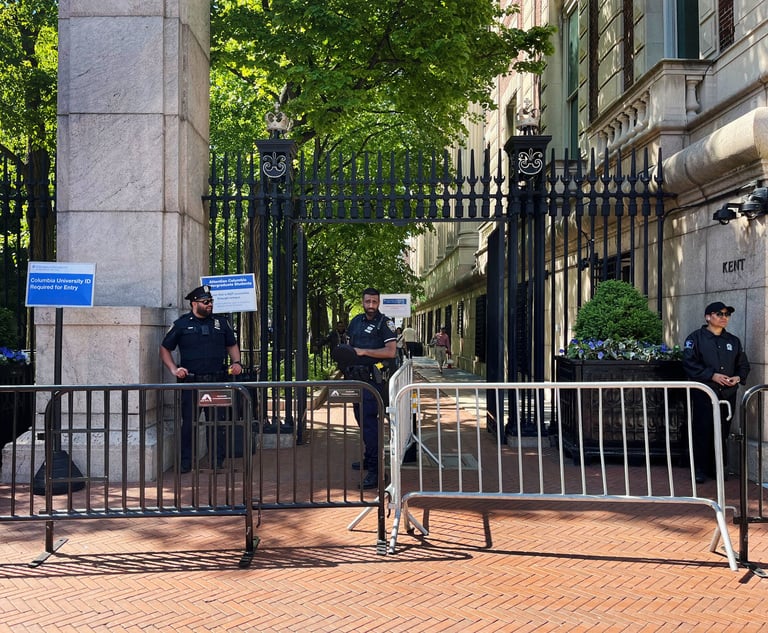
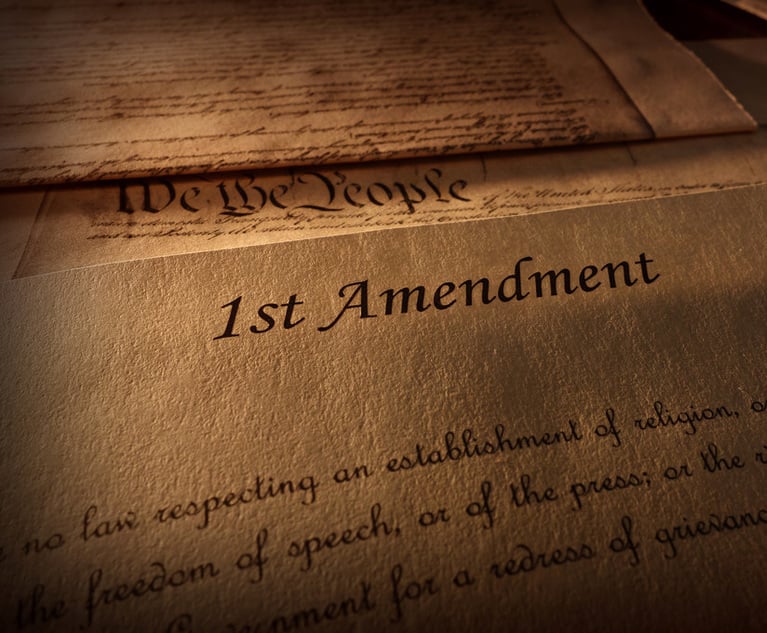

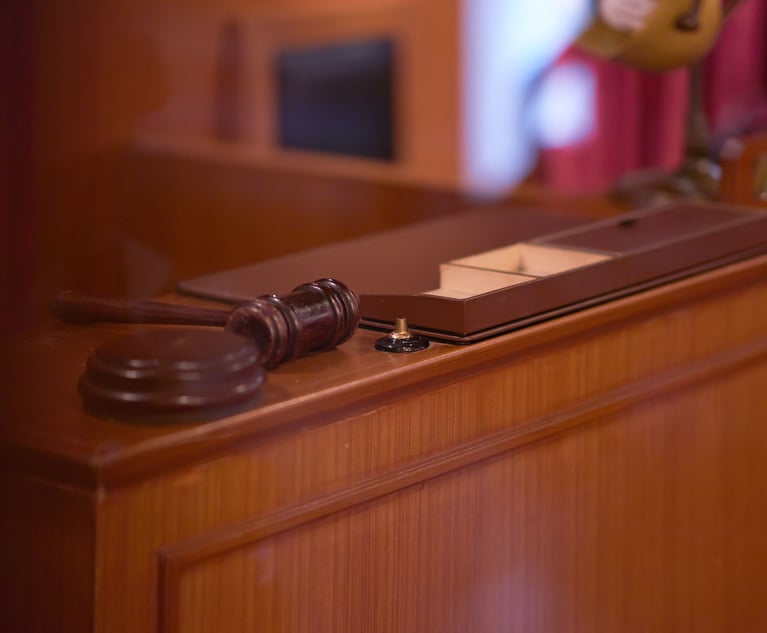
Trending Stories
- 1Ex-Starbucks GC Exiting Latest Role, Will Get Severance
- 2Family Law Special Section 2025
- 3We Must Uphold the Rights of Immigrant Students
- 4Orrick Picks Up 13-Lawyer Tech, VC Group From Gunderson Dettmer
- 5How Alzheimer’s and Other Cognitive Diseases Affect Guardianship, POAs and Estate Planning
Who Got The Work
J. Brugh Lower of Gibbons has entered an appearance for industrial equipment supplier Devco Corporation in a pending trademark infringement lawsuit. The suit, accusing the defendant of selling knock-off Graco products, was filed Dec. 18 in New Jersey District Court by Rivkin Radler on behalf of Graco Inc. and Graco Minnesota. The case, assigned to U.S. District Judge Zahid N. Quraishi, is 3:24-cv-11294, Graco Inc. et al v. Devco Corporation.
Who Got The Work
Rebecca Maller-Stein and Kent A. Yalowitz of Arnold & Porter Kaye Scholer have entered their appearances for Hanaco Venture Capital and its executives, Lior Prosor and David Frankel, in a pending securities lawsuit. The action, filed on Dec. 24 in New York Southern District Court by Zell, Aron & Co. on behalf of Goldeneye Advisors, accuses the defendants of negligently and fraudulently managing the plaintiff's $1 million investment. The case, assigned to U.S. District Judge Vernon S. Broderick, is 1:24-cv-09918, Goldeneye Advisors, LLC v. Hanaco Venture Capital, Ltd. et al.
Who Got The Work
Attorneys from A&O Shearman has stepped in as defense counsel for Toronto-Dominion Bank and other defendants in a pending securities class action. The suit, filed Dec. 11 in New York Southern District Court by Bleichmar Fonti & Auld, accuses the defendants of concealing the bank's 'pervasive' deficiencies in regards to its compliance with the Bank Secrecy Act and the quality of its anti-money laundering controls. The case, assigned to U.S. District Judge Arun Subramanian, is 1:24-cv-09445, Gonzalez v. The Toronto-Dominion Bank et al.
Who Got The Work
Crown Castle International, a Pennsylvania company providing shared communications infrastructure, has turned to Luke D. Wolf of Gordon Rees Scully Mansukhani to fend off a pending breach-of-contract lawsuit. The court action, filed Nov. 25 in Michigan Eastern District Court by Hooper Hathaway PC on behalf of The Town Residences LLC, accuses Crown Castle of failing to transfer approximately $30,000 in utility payments from T-Mobile in breach of a roof-top lease and assignment agreement. The case, assigned to U.S. District Judge Susan K. Declercq, is 2:24-cv-13131, The Town Residences LLC v. T-Mobile US, Inc. et al.
Who Got The Work
Wilfred P. Coronato and Daniel M. Schwartz of McCarter & English have stepped in as defense counsel to Electrolux Home Products Inc. in a pending product liability lawsuit. The court action, filed Nov. 26 in New York Eastern District Court by Poulos Lopiccolo PC and Nagel Rice LLP on behalf of David Stern, alleges that the defendant's refrigerators’ drawers and shelving repeatedly break and fall apart within months after purchase. The case, assigned to U.S. District Judge Joan M. Azrack, is 2:24-cv-08204, Stern v. Electrolux Home Products, Inc.
Featured Firms
Law Offices of Gary Martin Hays & Associates, P.C.
(470) 294-1674
Law Offices of Mark E. Salomone
(857) 444-6468
Smith & Hassler
(713) 739-1250






